Vivienne Huiling Wang
Probabilistic Subgoal Representations for Hierarchical Reinforcement learning
Jun 24, 2024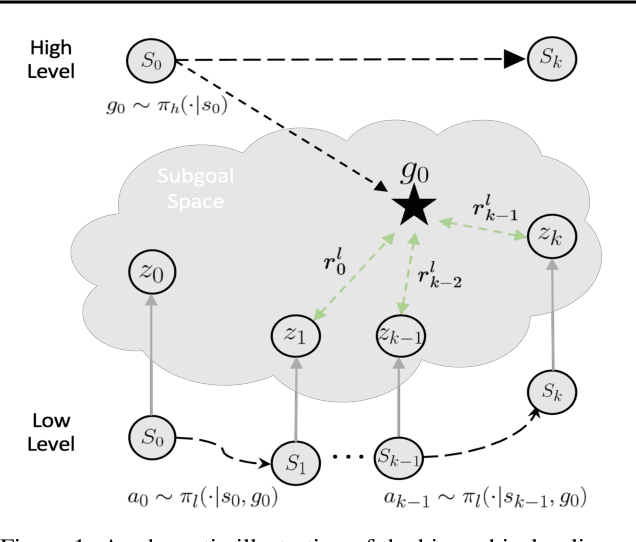
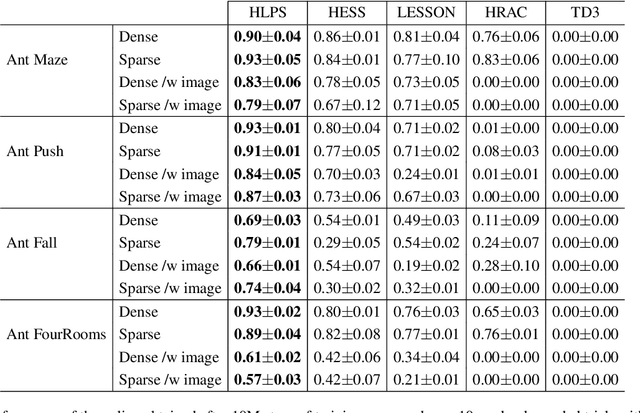
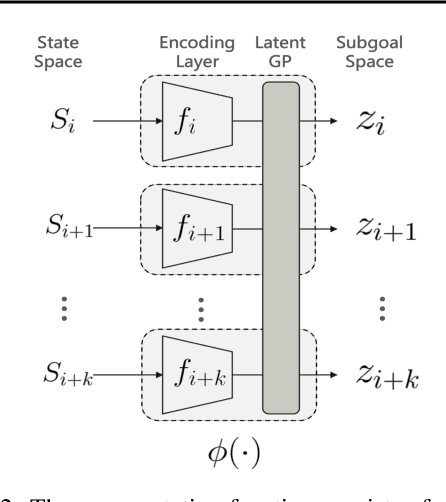

Abstract:In goal-conditioned hierarchical reinforcement learning (HRL), a high-level policy specifies a subgoal for the low-level policy to reach. Effective HRL hinges on a suitable subgoal represen tation function, abstracting state space into latent subgoal space and inducing varied low-level behaviors. Existing methods adopt a subgoal representation that provides a deterministic mapping from state space to latent subgoal space. Instead, this paper utilizes Gaussian Processes (GPs) for the first probabilistic subgoal representation. Our method employs a GP prior on the latent subgoal space to learn a posterior distribution over the subgoal representation functions while exploiting the long-range correlation in the state space through learnable kernels. This enables an adaptive memory that integrates long-range subgoal information from prior planning steps allowing to cope with stochastic uncertainties. Furthermore, we propose a novel learning objective to facilitate the simultaneous learning of probabilistic subgoal representations and policies within a unified framework. In experiments, our approach outperforms state-of-the-art baselines in standard benchmarks but also in environments with stochastic elements and under diverse reward conditions. Additionally, our model shows promising capabilities in transferring low-level policies across different tasks.
Hierarchical Reinforcement Learning with Adversarially Guided Subgoals
Jan 31, 2022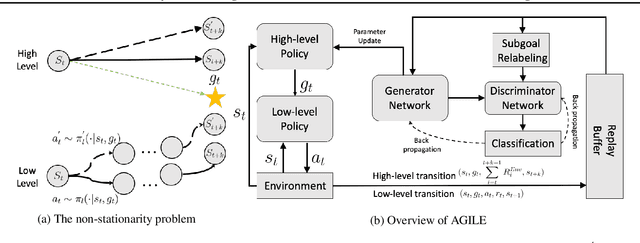
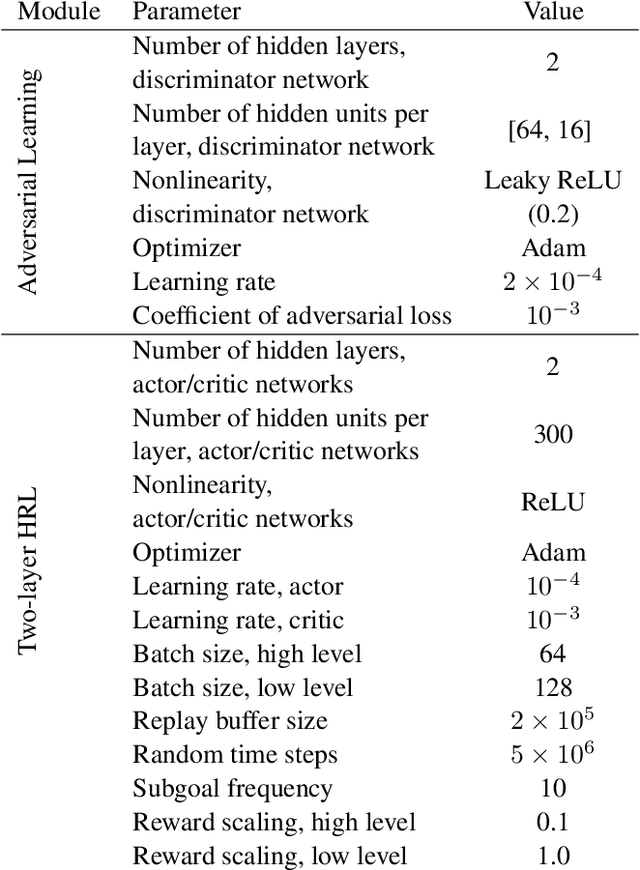

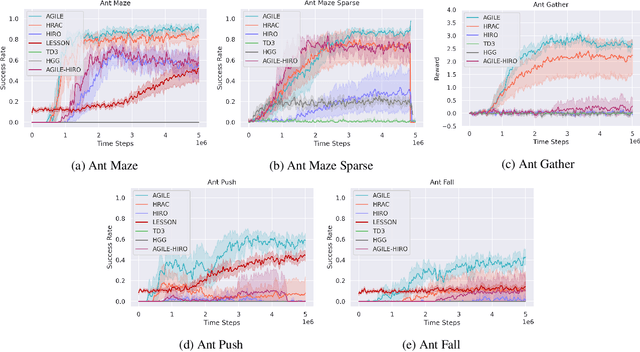
Abstract:Hierarchical reinforcement learning (HRL) proposes to solve difficult tasks by performing decision-making and control at successively higher levels of temporal abstraction. However, off-policy HRL often suffers from the problem of non-stationary high-level policy since the low-level policy is constantly changing. In this paper, we propose a novel HRL approach for mitigating the non-stationarity by adversarially enforcing the high-level policy to generate subgoals compatible with the current instantiation of the low-level policy. In practice, the adversarial learning is implemented by training a simple discriminator network concurrently with the high-level policy which determines the compatibility level of subgoals. Experiments with state-of-the-art algorithms show that our approach improves both HRL learning efficiency and overall performance in various challenging continuous control tasks.
 Add to Chrome
Add to Chrome Add to Firefox
Add to Firefox Add to Edge
Add to Edge